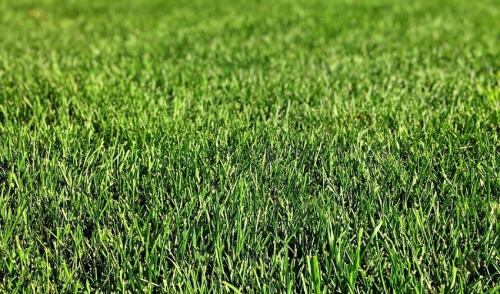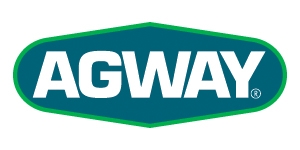
Liming Your Lawn
As springtime approaches, it’s time to begin thinking about the health and longevity of your lawn. Although fertilizing, grass seeding, and setting the sprinkler for summer hydration will provide the basic necessities, there other measures you can take to ensure a vibrant and healthy lawn for the duration of the summer. Supplementing your lawn with lime is one of the best measures you can begin taking to ensure healthy, nourished soil.
Contrary to popular belief, lime is not a lawn fertilizer. Lime regulates the concentration of calcium, magnesium, and bacteria, among other natural chemicals within the soil. Think of lime as a supplement or amendment to what has already been used to enrich the soil. Not every lawn requires liming, so it’s important to begin by testing the pH level of your soil. An optimal soil pH level is between 6-7 on the pH scale. A reading of below 6 is exceedingly acidic and will require lime supplementation. Your soil’s pH level can be determined rather easily by sending a soil sample to either a governmental or private soil testing laboratory. Basic self-tests are often sold at local home-care or gardening businesses. More often than not, however, these tests do not provide comprehensive enough results. Inquiring with a third party to test your soil’s pH level is recommended.
If you have determined that your soil will benefit from lime conditioning, begin by purchasing a calcite or dolomite lime solution. The best times to apply the lime solution to your soil are late fall, winter, and early spring. Be weary of applying the solution to frost covered grass and soil, as the frost can affect lime’s ability to absorb correctly. It is recommended to use a drop-spreader to apply the lime solution in an even and effective manner throughout your lawn. Avoid spreading by hand, as this will likely result in an uneven dissemination of the solution. Lime will not absorb in a horizontal manner, meaning that un-limed areas of the soil will not absorb excess lime underground from limed areas. Once the lawn is evenly spread over the desired area, lightly soak the soil with a sprinkler or garden hose. Err on the side of less soil hydration, as too much water can inhibit the ability of the lime to absorb correctly. Refer to the instructional information on the packaging of the lime product you purchase for further application directions.
Unlike fertilizer and grass seed application, lime treatments will not yield observable results within the first season it is applied. Liming is a long-term treatment for acidic soils and can often take 2-4 years to be fully absorbed. Test your lawn’s pH 2-4 years after the initial liming application to see if the pH has increased to the optimal level between 6 and 7. If it is has not reached this range, attempt liming the soil once more. Oversaturating your lawn with a lime treatment, however, is unnecessary and can have negative soil-health implications for the future. Although liming is a multi-year process, it’s a time and monetary investment that can have positive implications for the health and longevity of your lawn.
